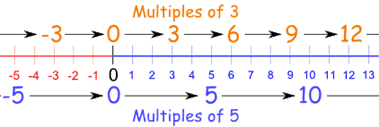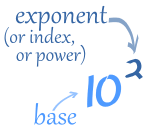Some conventions that need to be remembered when graphing on a number line are explained below.
1. An open circle is placed on the number line to show that the number denoted at the circle is not included in the solution set.
2. A circle that is filled in is placed on the number line to show that the number denoted at the circle is included in the solution set.
3. Draw arrow on the left only.
4. For a range of values:
example Graph: x < 4
Solution: The problem asks you to graph all numbers
that are less than 4.


















































